Recently, some dog training colleagues and I were batting around the issue of popular dog trainers denouncing standard dog training technique as an advertising ploy. The rules and methods of changing an animal’s behaviour are pretty well-known, in the way that “tonsil removal surgery” is pretty well-known, or “building a frame wall” is pretty well-known. Sure, advancements and refinements are made by practicing professionals and scholars, but no one expects tonsil surgery to suddenly be carried out by butterflies or frame walls to suddenly be made out of black matter. And yet, we regularly see dog training professionals suggest that they themselves have come up with a whole new way of changing an animal’s behaviour or emotional state, and furthermore, suggesting (with alarming alacrity) that current practice is wrong, dangerous, and out-dated. Don’t head to a dinosaur surgeon for your child’s tonsil removal! We have kinetic tonsil-fishing technology™.
“Non-operant Conditioning: The New Dog Training Technique that will Blow Your Mind”
In the time since I’ve studied dog training and animal learning theory, and was therefore exposed to the pure, clean logic behind operant and classical conditioning (it’s magic if you step back from it, isn’t it?), I’ve always been befuddled by this. Jean Donaldson, the matriarch of the Academy and a brilliant mind, worries that the invention of new and shiny training methodologies is a sparkly costume worn by those with shallow knowledge of animal learning theory. This glittering shoe, sadly, fits. But it doesn’t describe the whole picture.
According to my also-brilliant colleague at the Academy for Dog Trainers, Erik Tamm, there is more than just ignorance involved. There is money involved. And more specifically: our money, as dog trainers are often part of the target audience for this revisionist material. Erik says:
It’s just a sales tactic. Take existing, established practice and vilify it in blogs/social media etc. Then (how surprising) launch your own coaching/course/ebook that does things “different”. (It doesn’t have to, you can just give existing exercises new names). After a few years, do a 180° turn with a new blog/social media post (“why I changed my mind about x, y, z”) and launch yet another new product. You see this again and again when people are selling coaching/courses/ebooks. Fitness, personal finance, weight loss, stress management (and apparently dog training)—it’s all the same. Very predictable but it does work from a sales perspective.
Now, I love ‘shiny and new’ as much as the next person, so I admit I find it hard to pass by the gorgeous and evocative marketing materials and the promises of quick results or ‘whole new dog’ that slide by in my social media feeds. But I do resist, and I resist because I care about someone else’s money: my clients’. They pay me to help them with their dogs, and the best way to do this is to use well-vetted techniques based on the science of how animals learn. I also resist because I care about my reputation. My reputation was built on the successful resolution of my dog training cases… and here we go, back to the science of animal learning and behaviour change.
Of course, this isn’t to say I ignore refinements to the practical application and ethics of animal learning methods. These are the refinements made both by people doing research, and by people who are training hundreds of dogs in the same area that I am: pet dog training and behaviour modification. Staying abreast of new research and best practices is an important part of my job. But these are usually a tweak, not a seachange. And if and when I jump ship on any technique, it will be based on a preponderance of evidence, not on a personal manifesto, no matter how charming, no matter how tempting, no matter how deft.











